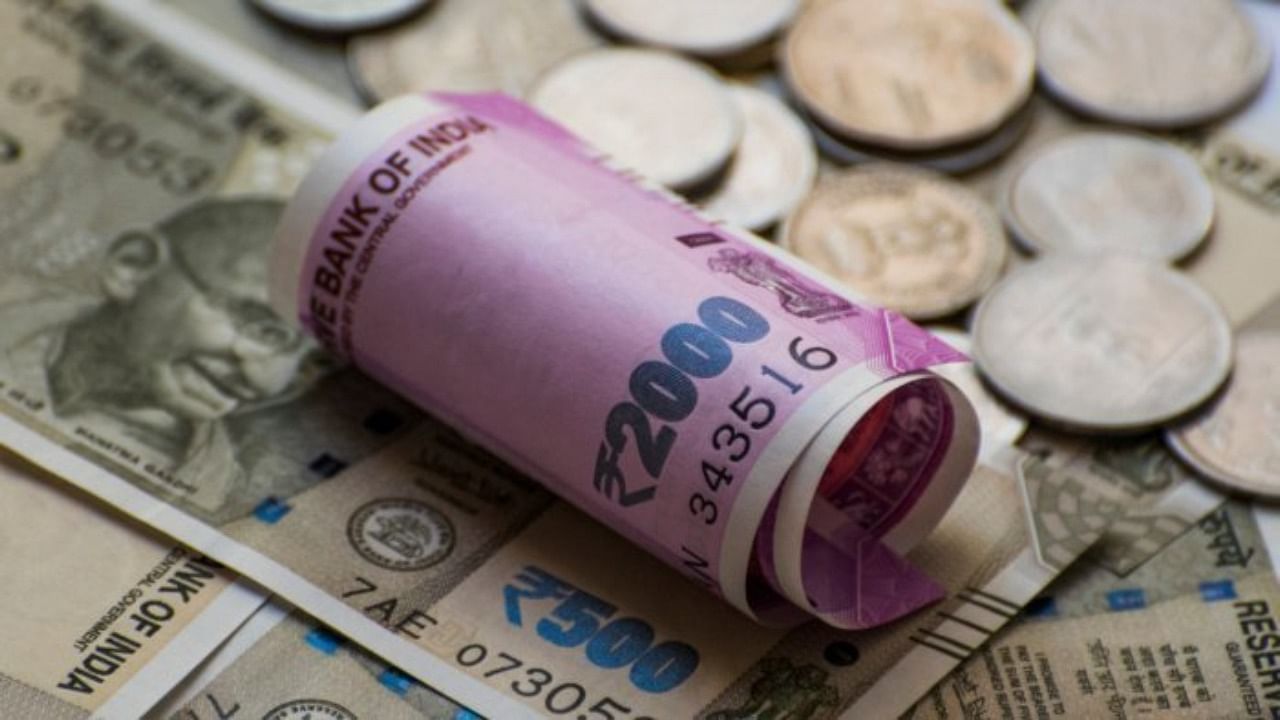
In a sharp contrast to the shock waves created on the evening of November 8, 2016 by Prime Minister’s overnight demonetisation pronouncement (the withdrawal of Rs 1000 and Rs 500 notes), the withdrawal of the then launched Rs 2,000 notes announced on Friday have left most citizens cold. On the face of it, the move has been seen as an attack on the black money market, but what has escaped notice are the different impact it will have on the banking sector, the overall money market and also the realty industry.
The reason for the exit of the Rs 2,000 notes has drawn little reaction from the common man is simple. The government stopped printing it in FY19. In fact, 89 per cent of the notes were issued before March 2017 and they are at the end of their lifespan of 4-5 years. The circulation of these notes peaked in March 31, 2018 at a value of Rs 6.73 lakh crore. As of March-end this year, these notes constituted only 10.8 per cent of the total currency in circulation at a value of Rs 3.62 lakh crore.
Yet the notes that have a deadline until September 30 to be returned to banks hold the potential to marginally bolster their deposit base, which would be a reprieve of sorts for the lenders grappling to keep up with the major credit offtake, say observers. As Anil Gupta, Senior Vice President and Co Group Head - Financial Sector Ratings, ICRA pointed out to DH ,“Rs 2000 note will now start going back to the banking systems and even if a portion of the Rs 3.6 lakh crore of these notes is retained by the banks as deposits, it will help them improve their deposit base.”
He added that the banks presently have a deposit base of Rs 184 lakh crore which is expected to grow by 9 per cent in FY24. “Now, if half of these Rs 2,000 notes are retained by the banks as deposits, it could take that growth to 10 per cent. If the deposit base of the banks improves, they may be calibrated to increase the deposit rates and attract more deposits,” he argued
The past one year has seen large lenders like ICICI Bank and Kotak Mahindra Bank increase their deposit rates by 200 basis points to 7 per cent, in a bid to attend to the 16 per cent rise in credit growth. So any accretion in deposit base is most welcome for the lenders.
Some believe that the bigger impact yet, of the withdrawal, could be felt on the short-term money market rates – such as call money – which were, until recently, hovering at highs of 6.7 per cent. (It came down to 6.3 per cent after RBI infused liquidity to the tune of Rs 47,000 crore in the form of Variable Rate Repo (VRR) of 14 days.) If the deposits of the banks improve, there could be a reduction in call money rates without the need for VRR in near-term, Gupta said.
Similarly, commercial paper rates, which are currently hovering at 7.5-8 per cent for one-year papers, may also see some decline. But, the sectors of the economy dealing in high-ticket cash transactions, are more likely to take a hit – real estate being one of them. In the case of gold, while the consumption side (in the form of jewellery buying) may remain steady, investment like gold bullion may see a decline, market watchers said.
AK Das, former MD & CEO of Bank of India, noted, “As it is, the 2000
denomination notes, in terms of volumes under circulation, seem to be in the final leg. To me, it may not have much significant impact in terms of transaction convenience as the digital drive has gathered good momentum already. Besides, the move may be a deterrent to hoarders of black money.”
It is also expected to reduce counterfeit notes.
The objective of introducing Rs 2,000 banknotes was met once banknotes in other denominations became available in adequate quantities. “The withdrawal of Rs 2,000 notes is an expected and timely move towards prudent currency management within the realm of maintaining banking and financial discipline,” added Vimal Nadar, Head of Research at Colliers India.
In the last few years, RERA & demonetisation have brought in significant levels of transparency in real estate, mainly contributing to fair market price determination, he explained.
According to a source at RBI, the Rs 2000 note was introduced for one time only and no reprint of the banknote has taken place since then. Now the possibility of bringing in any higher denomination notes is rather remote, he informed.